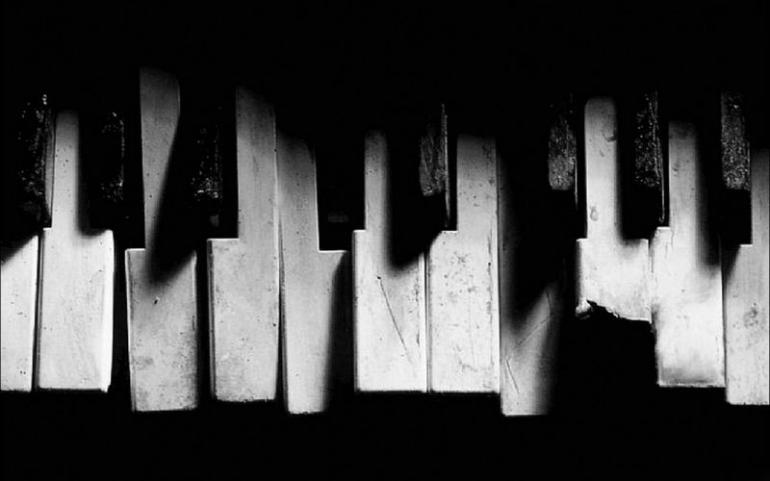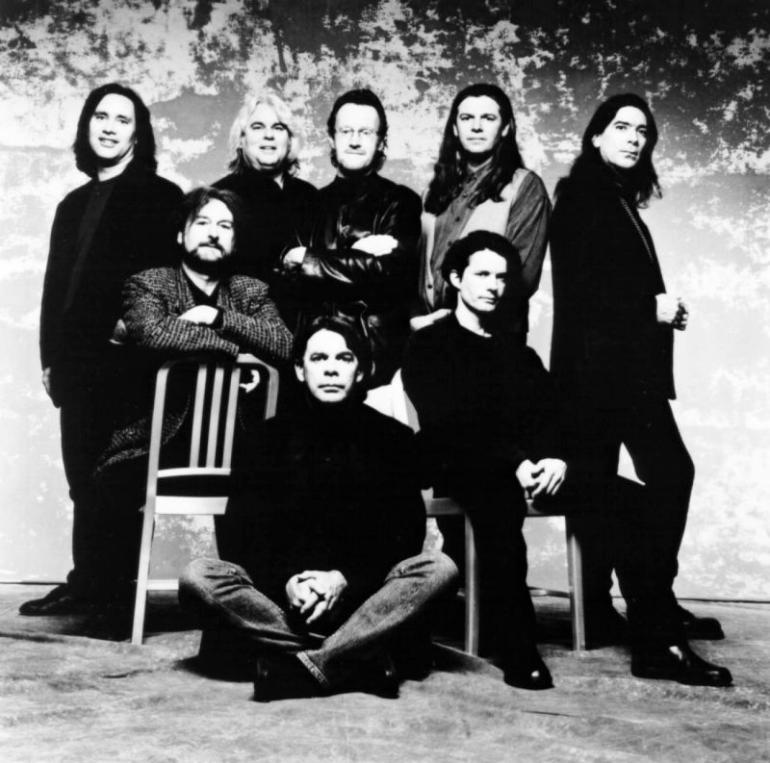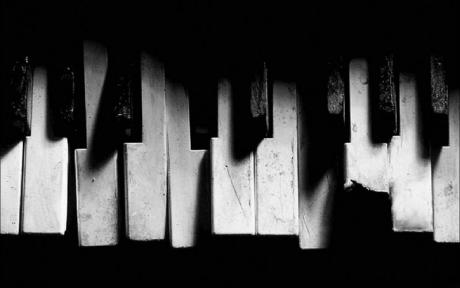Rockové klávesy - Emulace strunných nástrojů

Greetings readers and welcome to another installment of our series on simulating real instrument sounds. We’ve covered brass and wind sounds so far, so this month I wanted to focus on string sounds. In the mid 70’s until the early 80’s, string synths were actually a booming sub-genre of keyboards primarily because they were some of the first commercially available keyboards that were polyphonic. Let’s take a look at some of these classic synths.
Elka Rhapsody 610
Italian string synth, the Elka Rhapsody 610 was one of the first and most popular string synths. The synth had very decent string sounds that included violoncello, strings, piano, and clavinet. The keyboard could also be split which was very unusual for a synth of this time. The Elka also had four individual volume faders to balance the level of the sounds when using the split feature. The Rhapsody synths were not commonly available in the US at the time but have since become very popular with collectors. Artists who used the synth were groups like Tangerine Dream and Supertramp.

Here’s a video of the synth in action:
https://www.youtube.com/watch?v=yJOqkDKuF68
ARP Solina String Ensemble
Many synth experts agree that the ARP Solina was the most advanced string machine of the time. The orchestral timbres are great and feature a few more sounds than the Rhapsody. The Solina has violin, viola, trumpet, horn, cello, and contra-bass sounds. The sounds each had on/off switches that allow the sounds to be mixed. The addition of envelope controls for attack and decay with delay and chorus effects give the instrument a lush shimmering sound. The cello and contra-bass sounds are mono and only sound on the lower twenty keys of the keyboard. The Solina was used by Pink Floyd, Joy Division, and STYX.

Here’s a video link to the Solina:
https://www.youtube.com/watch?v=BQ8EjSu15Tw
Samples and new technology
In modern times it’s very easy to get realistic string sounds for every application. Czech bassist, Miroslav Vitous has an amazing string library called Philharmonik 2 that has every sound you need for accurate string instrument emulations. Even without a sample library, there are many great sounds on most keyboards. The Yamaha Motif has very good sounding string pads as well as marcato and pizzicato sounds.

Split: Pokud hrajete na klávesy, což předpokládám, nic vysvětlovat nemusím. Pro vás ostatní: Funkce „split“ většinou označuje rozdělení klávesnice na dvě nebo více zón, z nichž ke každé lze přiřadit jiný zvuk či zvuky, různé hlasitosti, nebo můžou rozdílně reagovat na různé parametry MIDI. Zkrátka skoro jako byste měli místo jedněch kláves dvoje.
Lush: Skoro kdykoli, když někdo popisuje zvuk chorusu nebo nějakého příbuzného modulačního efektu, použije adjektivum „lush“. Ve slovníku většinou najdeme překlad „bujný“ nebo „luxusní“, ale já osobně si to slovo spojuji téměř výhradně s chorusem, obzvláště při silnějších nastaveních. Ten dodá zvuku na bohatosti a zvonivosti, ale v 80. letech byl tak nadužíván, že na něj někteří dostali „alergii“.
Envelope: Doslova obálka, tedy křivka hlasitosti, která zpravidla určuje attack (rychlost náběhu zvuku), decay (odeznívání po fázi attack), sustain (intenzita, na které zvuk zůstane do uvolnění klávesy) a nakonec release (rychlost odeznívání po uvolnění klávesy).
Shimmering sound: Doslova „třpytivý zvuk“, tedy takový, kde se toho mnoho děje ve vysokých frekvencích. Tím myslím nejen to, že jich je mnoho, ale dochází v nich k nějakému pohybu či modulaci. Opět se často používá pro efekty jako chorus, případně by tak šel popsat i zvuk některých činelů. Pokud však narazíte na efekt zvaný přímo shimmer, zpravidla se jedná o reverb, který byl pomocí pitch shifteru transponován o oktávu (nebo dvě) výš, zatímco výška „suché“ části zvuku zůstala nezměněna. Mezi kytaristy byl jeho průkopníkem The Edge z U2, ale použitelný je na jakýkoli zdroj zvuku.






